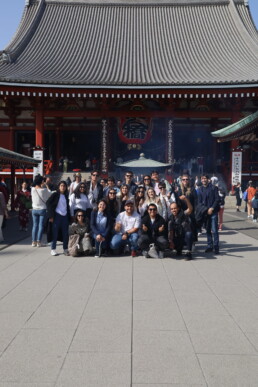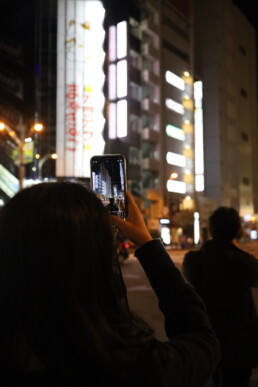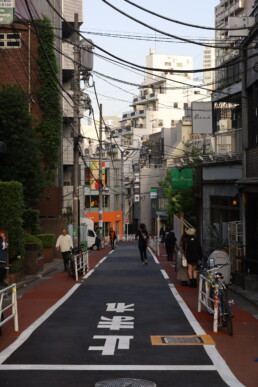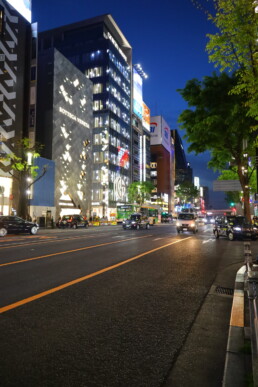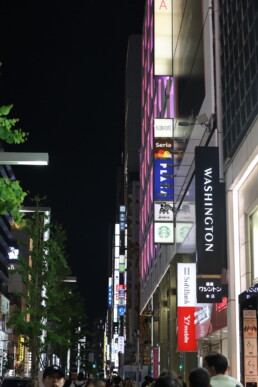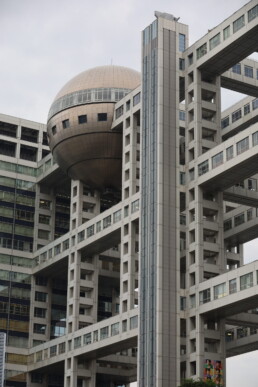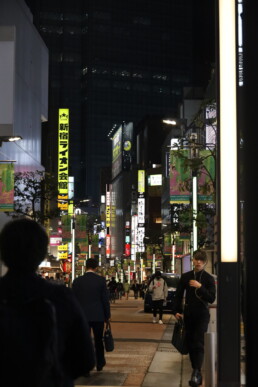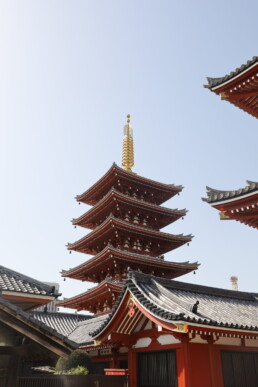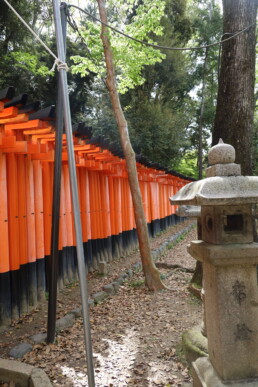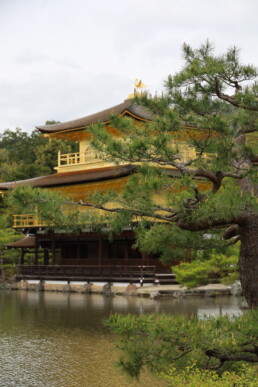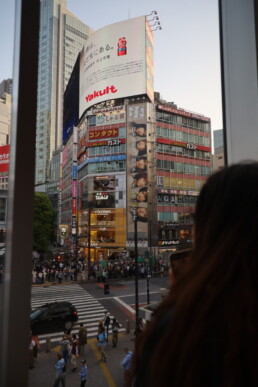Tips for organizing an architectural trip to Japan
FECHA
21.08.2024
Traveling to Japan is a must that every architect has written down in his notebook. Therefore, there are some tips that, after the experience gained on the trip we make annually with students of our MArch Advanced program in architecture, design and business administration, we think may be useful for those who want to visit the Japanese country.
An impressive array of contemporary architecture awaits you in Tokyo, with buildings by architects such as Toyo Ito, Kengo Kuma, Tadao Ando, Herzog & de Meuron, Ricardo Bofill, Renzo Piano and many others. The city is a hotbed of innovation and avant-garde design, with futuristic skyscrapers and iconic structures marking the skyline. For starters, it is advisable to visit the Shibuya district, famous for its intersecting streets, but also for buildings such as Shibuya Stream and Shibuya Scramble Square, both magnificent examples of contemporary Japanese architecture. Similarly, Ginza is another district in which to lose yourself among skyscrapers designed by some of the best architects in the world. It is also essential to visit the Roppongi district, home to the Mori Tower and the Roppongi Hills complex, where you can enjoy a mix of architecture, art and gastronomy.
For a taste of Japanese metabolist architecture, visit the Odaiba district, where you will find the Fuji TV headquarters and the Tokyo Big Sight building, both spectacular examples of contemporary Japanese architecture. In addition, the Tokyo National Art Center, with its undulating structure and impressive interior space, is another highlight not to be missed.
Finally, in Tokyo there is an interesting project of public baths that were commissioned to renowned architects such as the aforementioned Tadao Ando, Kengo Kuma and Toyo Ito, so a route following in their footsteps can be very enriching.
After enjoying the modernity of Tokyo, head to Kyoto to immerse yourself in the richness of traditional Japanese architecture. Kyoto, Japan’s ancient capital, is famous for its temples, shrines and gardens, which offer a window into the country’s past. Start your visit at Kinkaku-ji Temple, also known as the Golden Pavilion, whose beauty and serenity are incomparable. Not far from there, the Ryoan-ji Temple, with its famous rock garden, will allow you to experience the simplicity and Zen of Japanese design.
Another must-see is the Kiyomizu-dera Temple, which offers spectacular views of the city and is known for its impressive wooden architecture and its platform that extends over the mountainside. You should also visit Fushimi Inari Shrine, famous for its thousands of red torii gates that form a winding path down the mountain, creating a stunning visual effect.
For a more intimate experience of traditional architecture, stroll through the Gion district, where you can find teahouses and machiya (traditional wooden houses) that will transport you back to the time of the samurai and geisha. Also, be sure to visit the Kyoto Imperial Palace Garden, a sublime example of Japanese gardening and landscape architecture.
To move between Tokyo and Kyoto, the Shinkansen bullet train is the fastest and most comfortable option, offering you also the opportunity to see the changing landscape of the country.
It is important to keep in mind some practical aspects for your trip. Wear comfortable shoes, as both destinations involve a lot of walking. Also, respect local rules, especially at temples and shrines, where respectful and quiet behavior is expected. Also consider purchasing a transportation pass, such as the Japan Rail Pass, which can save you time and money.
Finally, immerse yourself in the local culture. In Tokyo, sample food from the markets and izakayas, while in Kyoto, enjoy a kaiseki dinner, a traditional culinary art form. This trip will not only allow you to appreciate Japan’s incredible architecture, but also to experience the rich culture and hospitality of its people.
MArch Valencia. Arquitectura y Diseño
© 2025 MArch Valencia. Arquitectura y Diseño
Privacy policy | Cookies policy | Terms of use



